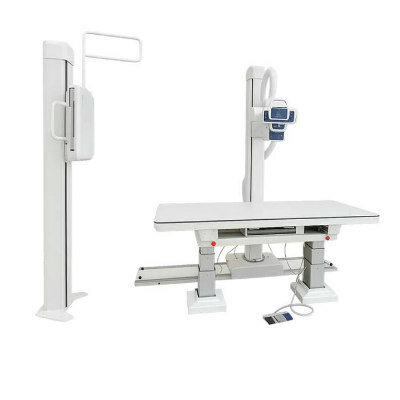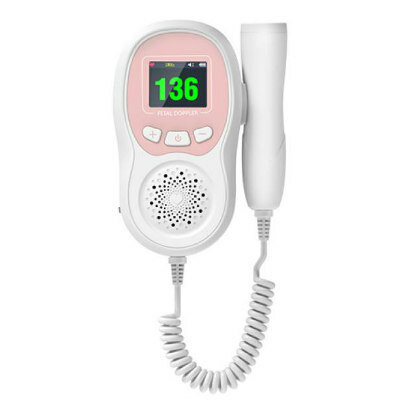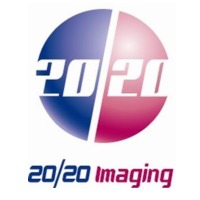Frequent Dental X-Rays Tied to Most Common Brain Tumor
By MedImaging International staff writers
Posted on 23 Apr 2012
Individuals who in the past received frequent dental X-rays have an increased risk of developing the most commonly diagnosed primary brain tumor in the United States. Although dental X-rays are needed in many cases, these findings suggest that moderate use of this form of imaging may be more beneficial to some patients.Posted on 23 Apr 2012
The study’s findings were published April 2012 online in Cancer, a journal of the American Cancer Society. Ionizing radiation is the chief environmental risk factor for developing meningioma, which is the most frequently diagnosed primary brain tumor in the United States. Dental X-rays are the most common artificial source of exposure to ionizing radiation for individuals living in the United States.
To evaluate the relationship between dental X-rays and the risk of developing meningioma, Elizabeth Claus, MD, PhD, from the Yale University School of Medicine (New Haven, CT, USA) and Brigham and Women’s Hospital (Boston, MA, USA) and her colleagues studied information from 1,433 patients who were diagnosed with the disease between the ages of ages 20 and 79 years and were residents of the US states of Connecticut, Massachusetts, North Carolina, the San Francisco Bay Area, and eight counties in Houston, Texas, between May 1, 2006, and April 28, 2011. The investigators also studied information from a control group of 1,350 individuals who had similar characteristics but who had not been diagnosed with a meningioma.
Over a lifetime, patients with meningioma were more than twice as likely as controls to report having ever had a bitewing exam, which uses an X-ray film held in position by a tab between the teeth. Individuals who reported receiving bitewing exams on a yearly or more frequent basis were 1.4 to 1.9 times as likely to develop meningioma as controls. (Risks differed depending on the age at which the exams were performed.)
An increased risk of meningioma was also linked with panorex exams taken at a young age or on a yearly or more frequent basis. Individuals who reported receiving these exams when they were younger than 10 years old had a 4.9 times increased risk of developing meningioma. Those who reported receiving them on a yearly or more frequent basis were 2.7 to 3.0 times (depending on age) as likely to develop meningioma as controls.
The researchers noted that today’s dental patients are exposed to lower doses of radiation than in the past. Nevertheless, “the study presents an ideal opportunity in public health to increase awareness regarding the optimal use of dental X-rays, which unlike many risk factors is modifiable,” said Dr. Claus. “Specifically, the American Dental Association’s guidelines for healthy persons suggest that children receive one X-ray every one-to-two years, teens receive one X-ray every 1.5-3 years, and adults receive one X-ray every two-to-three years. Widespread dissemination of this information allows for increased dialogue between patients and their healthcare providers,” she added.
A 2006 statement by the American Dental Association highlighted the need for dentists to examine the risks and benefits of dental X-rays and confirmed that there is little evidence to support the use of dental X-rays of all teeth in patients who do not experience any symptoms.
Related Links:
Yale University School of Medicine
Brigham and Women’s Hospital














